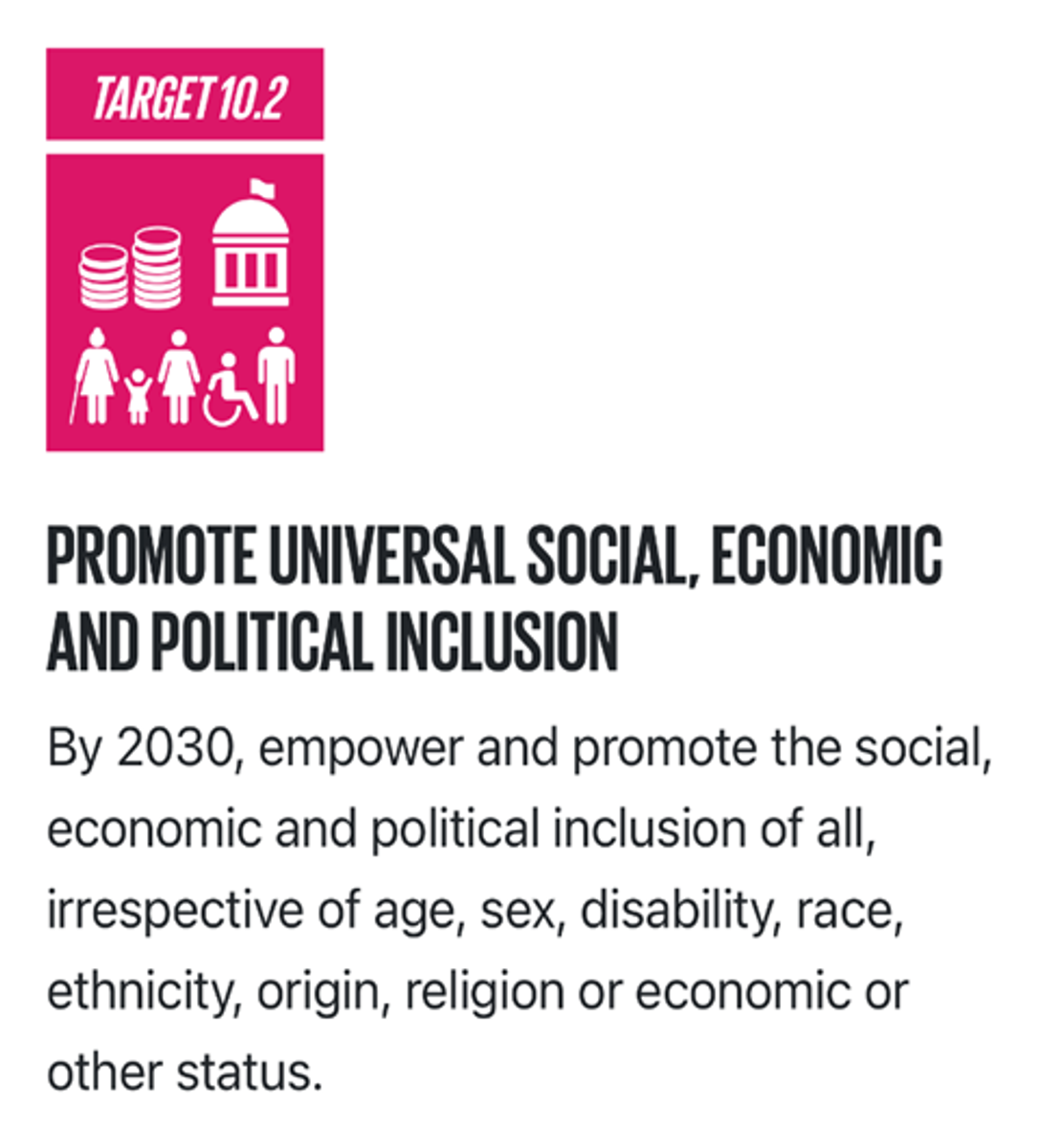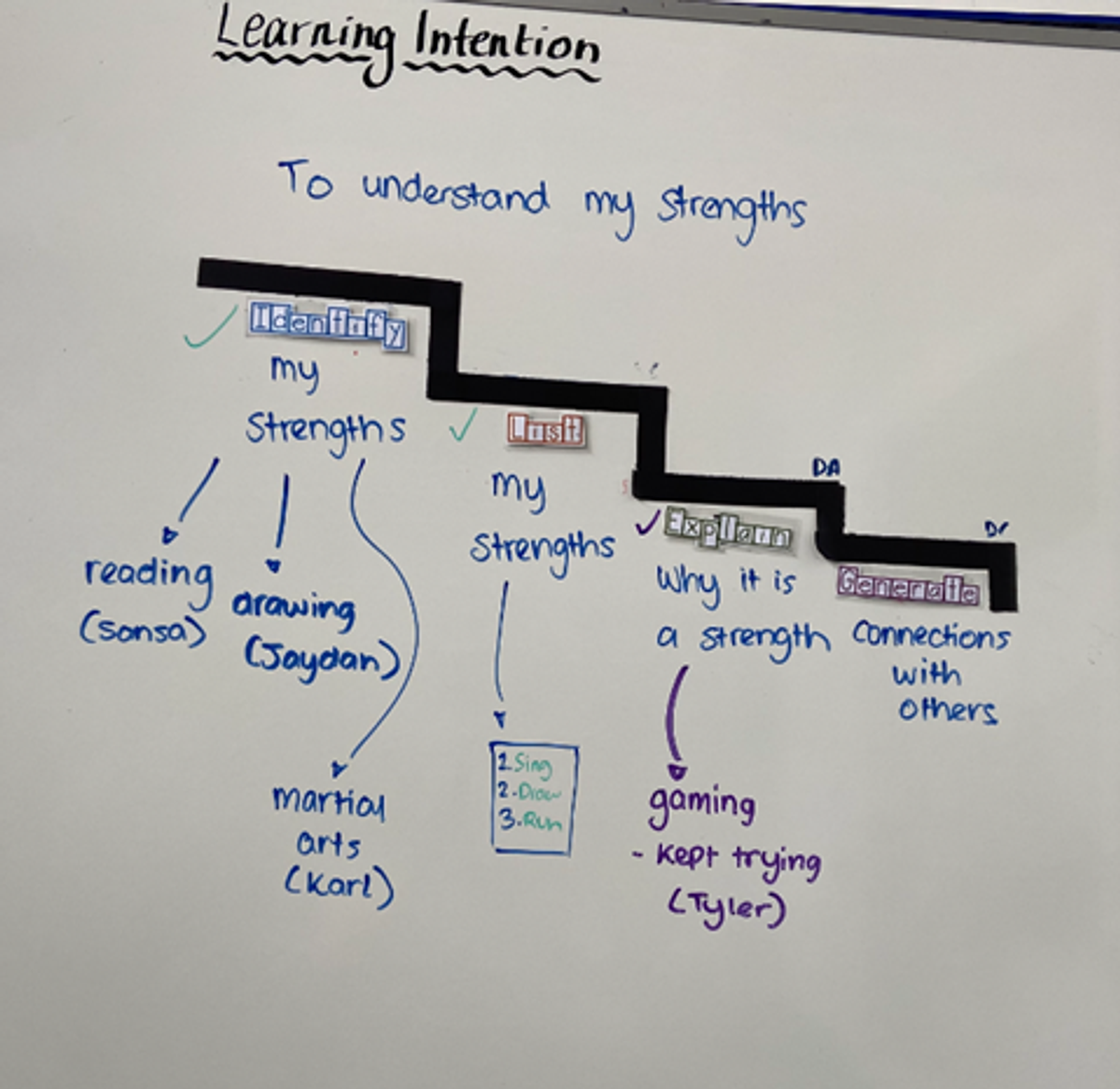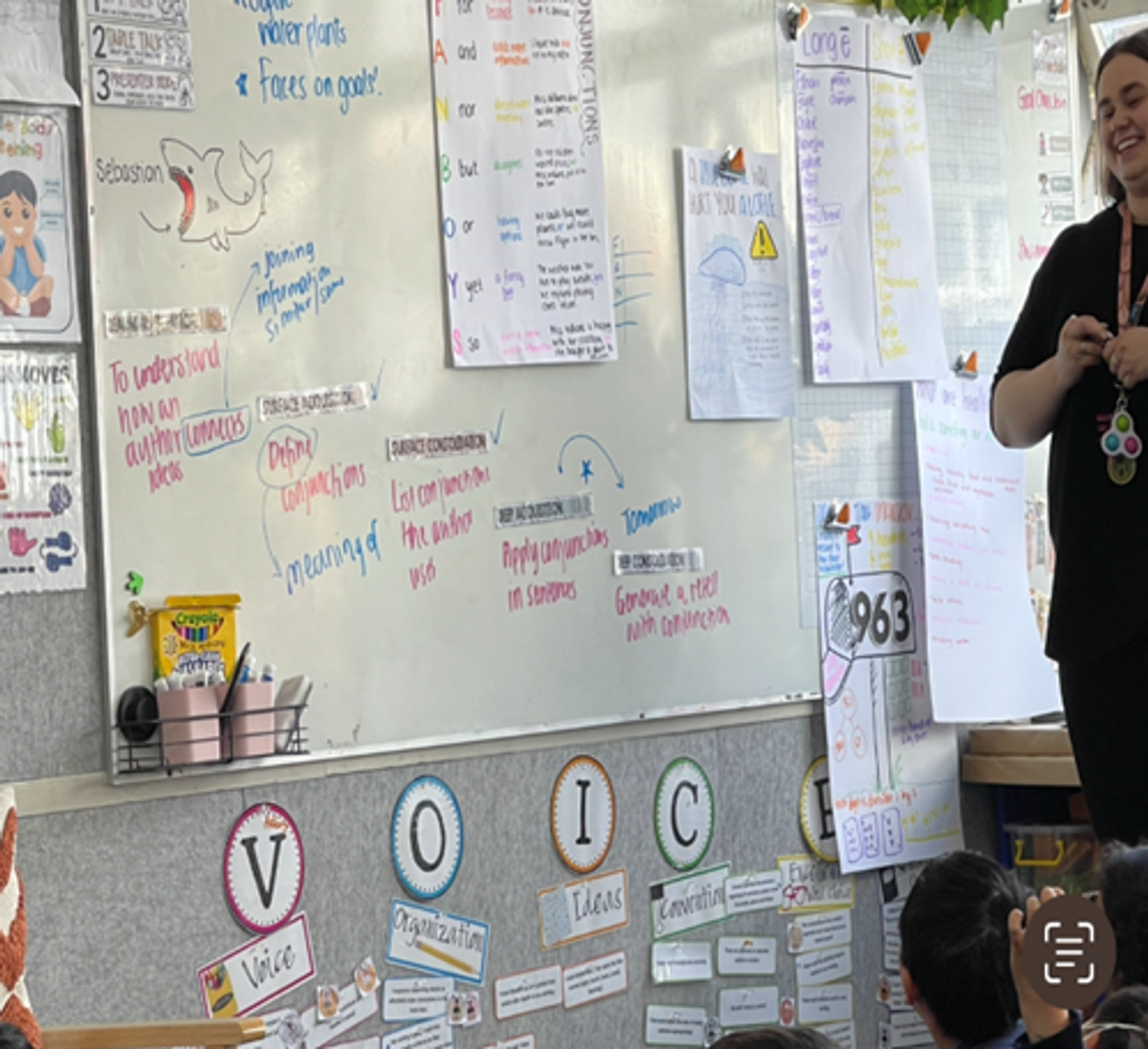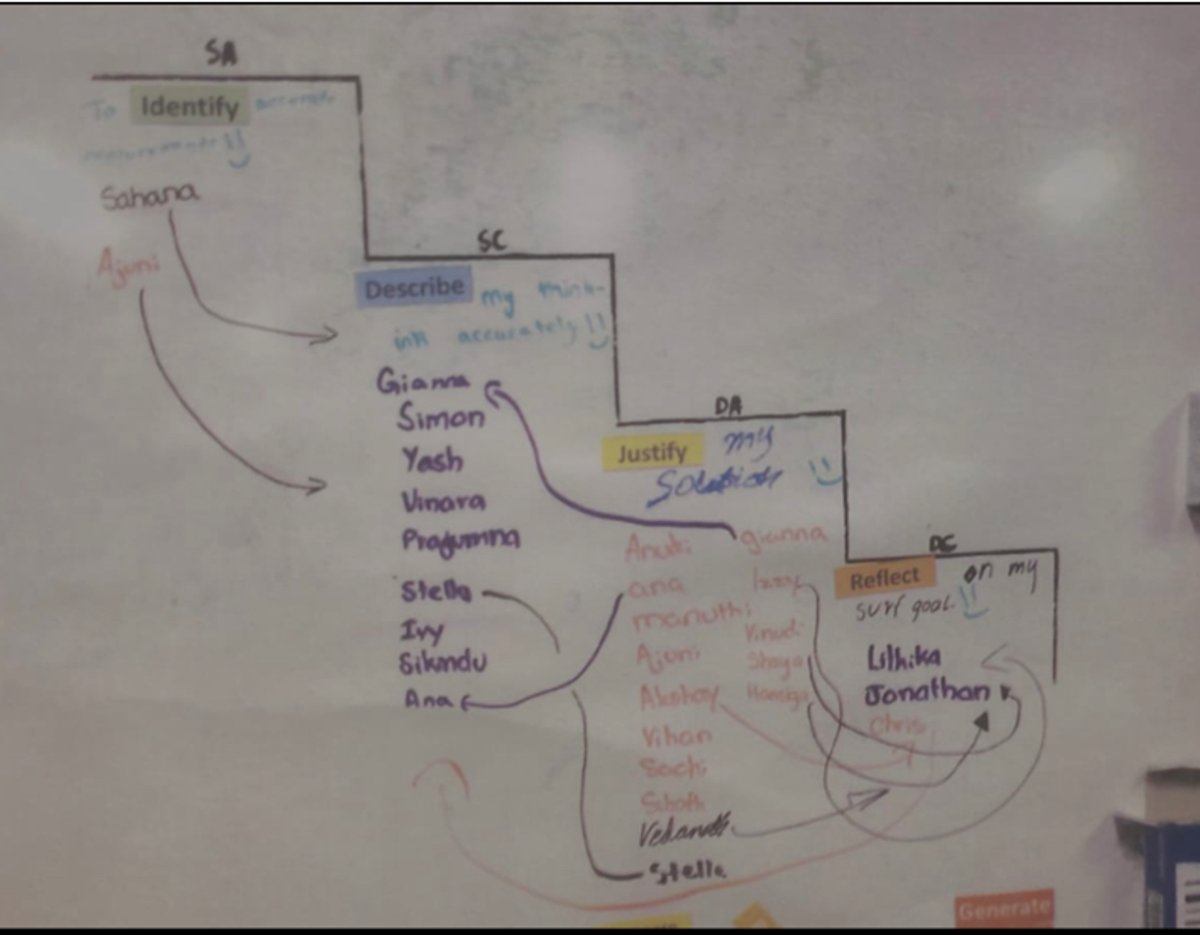Curriculum Corner
By Anat Garzberg-Grant

Curriculum Corner
By Anat Garzberg-Grant
As a school we have been working on building Student Voice, Choice and Agency into our planning and classroom practice as per our School Strategic Plan. In this fortnight’s newsletter, I would like share some of our progress with everyone.
Here are our school’s Student Choice and Student Voice Definitions which have been developed with the staff and some of the children:
Student Choice
Student Choice is the ability to make a purposeful decision, based on scaffolded options.
Student Voice
Student Voice is the ability to make a purposeful decision that is adaptive to considering alternate perspectives.
We would love to hear your thoughts, if you have any feedback please email me at: anat.garzberg@education.vic.edu.au.
Some examples of Student Choice:
Year Three planning was rich in student choice, providing learners with an opportunity to choose and analyse persuasive pieces that engaged their interests. Sam and Shanosh in 3A shared; "We chose this piece of writing because we realised that this connects to our Global Goal of 'Reduced Inequalities' because this piece of writing is about equal rights for women in football."
The depth of thinking at this young age- and the connections Sam and Shanoah made to their Inquiry learning are absolutely outstanding and a true product of what a curriculum rich in conceptual connectedness can do to support growth in complex learning topics in our young learners who are well on their way to meeting Global Goal Target 10.2 in no time!


Student Voice and Choice in the Success Criteria
Here are some different ways that Student Choice, Voice and Agency have been incorporated into the classroom through the success criteria:
Student Choice:
Student Voice:
Students sharing their thoughts on the success criteria, to influence change








In all of these cases this enabled the children to:
In terms of our teachers, this enabled the opportunity to: